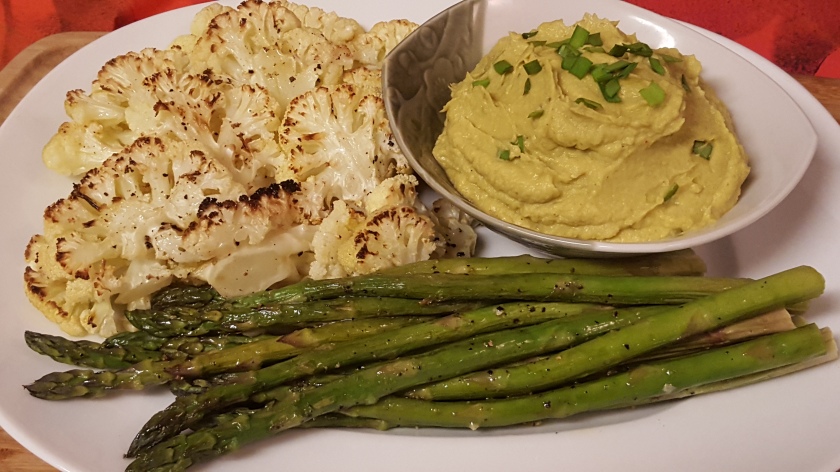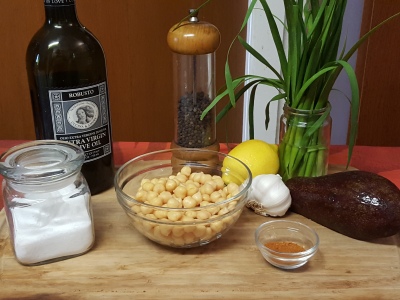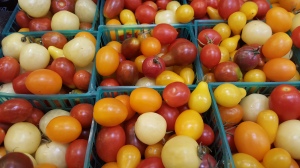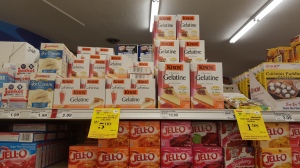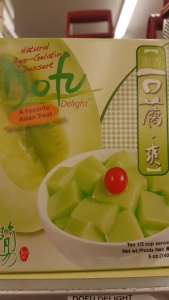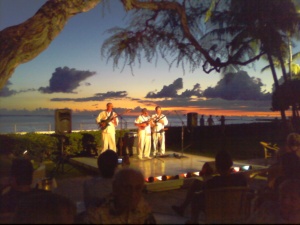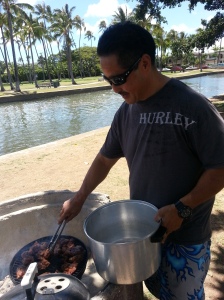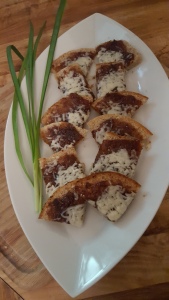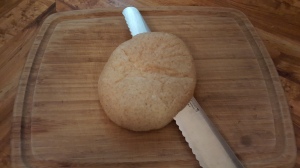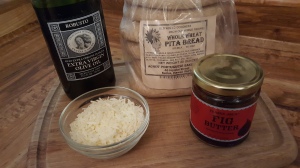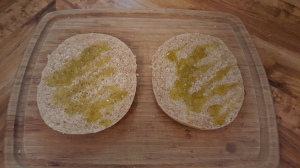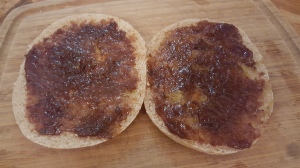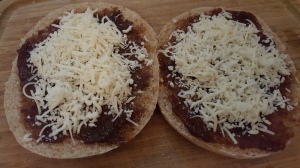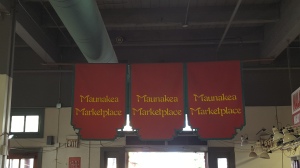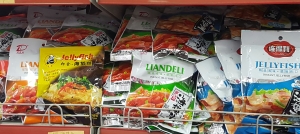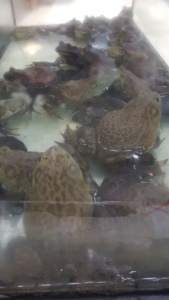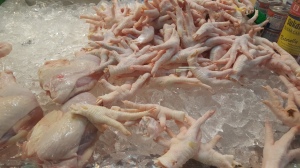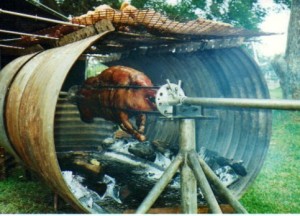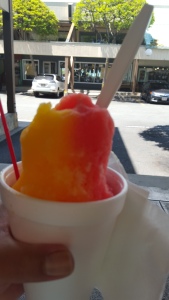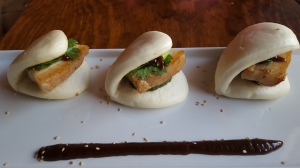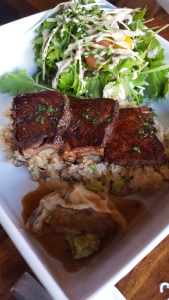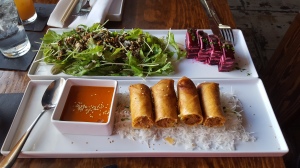Avocados are one of my favorite ingredients to cook with and to eat! There are local avocados available year ’round, but they are best in the summer time. And what better way to eat them but in hummus? This hummus is good for sandwiches, as an appetizer (see picture above), and as a side dish.
Ingredients:
1 15.5 oz Can Garbanzo Beans (Liquid Reserved)
1/2 Medium Avocado
3 TBS Extra Virgin Olive Oil
2 TBS Chives, Chopped
2 TBS Lemon Juice
1 tsp Smoked Paprika
2 ea Garlic Cloves
TT Salt and Pepper
Pulse the ingredients in food processor or blender, except for 1 TBS of the chives, the garbanzo liquid, and the salt and pepper. After pulsing, add liquid a couple tablespoons at a time until you get the consistency you like. Then season with salt and pepper, to taste. After you take out the hummus, fold in the rest of the chives. This adds a little texture to the hummus and their color looks nice.
TIP*: The chives I used are Chinese garlic chives, they are stronger than regular chives and they are flat, not tubular. If you can’t find either, green onion can be substituted.
The platter I made with the roasted cauliflower and asparagus is easy and quick to prepare for a side dish or an appetizer platter for bbq or picnic. Slice the cauliflower whole, after cutting the bottom leaves off, about 1/2″ thick. Then put them on a sheet pan with the asparagus and drizzle extra virgin olive oil over all of them. Then turn the vegetables around to coat them with the oil and season with coarsely ground black pepper and sea salt. Roast under the broiler for about 7 minutes, check them and take out the asparagus and broil the cauliflower about another 3 minutes. You can also grill the vegetables on the bbq or on a grill pan.
The leftover cauliflower and asparagus can be made into sandwiches with the hummus. And if you made the hummus and/or the vegetables for a bbq, add in any left over meat, fish, or chicken for a really hearty sandwich.
Live and eat with aloha everyday!


